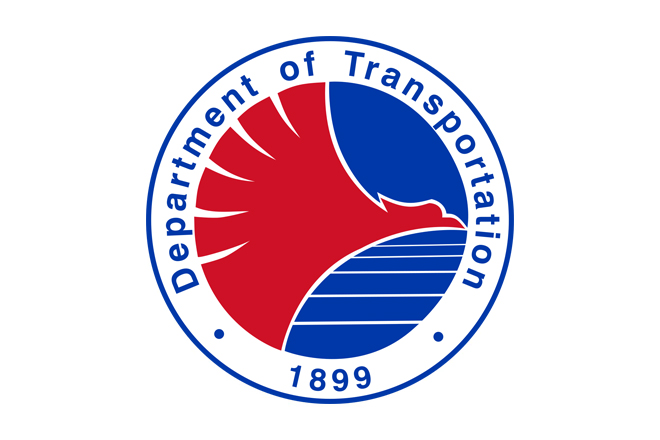DOTr, France starts feasibility study for Philippines’ first urban cable car project
November 14, 2018
The Department of Transportation (DOTr) and the Government of France officially started the feasibility study for the first urban cable car project in the Philippines.
A kick-off ceremony was held at the DOTr Clark Office in Pampanga Wednesday.
Present during the launch of the study were Ambassador of France to the Philippines Nicolas Galey, DOTr Secretary Arthur Tugade, Embassy of France Economic Counsellor Laurent Estrade, Embassy of France deputy head of the economic department Emilie Griffiths, DOTr Undersecretary for Finance Garry de Guzman, Undersecretary for Administration Artemio Tuazon Jr., and representatives from the National Economic and Development Authority (NEDA), Metropolitan Manila Development Authority (MMDA), road, and railway sectors.
The feasibility study, which will last for 10 months, proceeds from a direct grant from the French government amounting to 450,000 euros. It will be conducted by French consulting firms MDP Consulting & Systra, both with international expertise in transport infrastructure and cable car systems.
“The construction of an urban cable car system in Manila is certainly an exciting prospect, and the French Government is very happy to be able to support the Philippine Government in getting the most efficient way to include this mode of transportation in Metro Manila’s transport network,” Galey said.
“We are gathered here to address the issue of transportation and traffic that is happening in the country today. Admittedly, not one system can solve the situation of transportation and traffic in the Philippines. Not a cable system alone can solve the problems; it has got to be a basket of solutions, procedures, and systems, and one of those baskets is certainly cable,” Tugade said.
The feasibility study is comprised of three stages: Stage 1 is the identification of potential cable car corridors; Stage 2 is the comparison of these potential corridors and the selection of the best cable car alignment; and finally, Stage 3 is the full feasibility study, which will determine if the project is technically, financially, and economically feasible.
For the technical analysis under the full feasibility study, aspects to be studied include the kind of technology most suitable for the project; the actual alignment of the cable line; and the determination of affected properties (Right of Way), utilities, and families.
The financial analysis determines the cost of the project for review and approval or adjustment by the NEDA, whereas the economic feasibility analysis involves weighing the economic costs versus the economic benefits of the project including travel time saved and savings in vehicle operating cost, among others.
The DOTr has been pushing for a Feasibility Study on a cable car project to produce a better travel and commuting experience for Filipinos. The Government of France was engaged in the process, given that it has one of the best urban cable car systems in the world.
“I looked around for a government that can help us, not only to fund the feasibility study, not only to grant or address issues economically and financially, but more importantly, to stand side by side with us to make sure that the reality of a cable system, when the time has come for me to leave government, will be there, actually operating and moving,” Tugade said.
As grantor, the French Government is eyeing a pilot location in Metro Manila. However, Tugade urges the consideration of La Union-Baguio and Caticlan-Boracay as prospective routes for the proposed cable car system, as he believes this is not just a good transport solution, but may also serve to boost tourism in those areas. DMS
Latest Videos
- THE UNTOLD STORY EXPERT INSIGHTS INTO THE UKRAINE
- NEGOTIATING A NEW ORDER US RUSSIA TALKS ON UKRAIN
- Ukraine: A Pawn in the Geopolitical Game? Will Trump Intervene?
- US VP VANCE CRITICIZES EUROPEAN DEMOCRACIES AT MUNICH SECURITY CONFERENCE
- UNCOVERING THE WEB OF DECEIT: CIA INFILTRATION OF THE MEDIA
- SHIFTING SANDS: TULSI GABBARD’S CONFIRMATION AND THE EVOLVING GLOBAL LANDSCAPE
- FAUCI SCANDAL: A THREAT TO GLOBAL HEALTH AND DEMOCRACY






